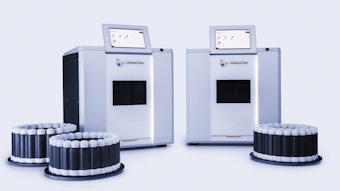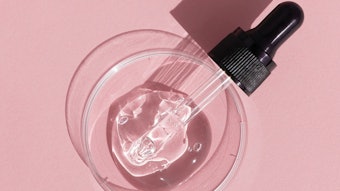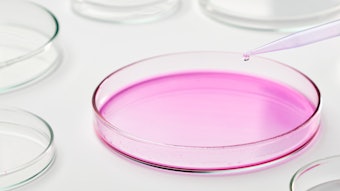
HPLC is often used to asses skin permeation but according to a research thesis from the University of Nottingham, the addition of time of flight-secondary ion mass spectrometry (ToF-SIMS) visualizations can reveal spatial distribution insights that might change the formulator's approach for delivering actives into the skin.
For example, a nanostructured lipid carrier (NLC) and a comparative cream formula were developed and tested in vivo for ascorbic acid permeation. Analysis of tape-stripped samples by HPLC showed the cream delivered the most ascorbic acid into the stratum corneum. However, analysis of the same samples by ToF-SIMS showed the ascorbic acid was mainly localized in the furrows of skin.
A direct correlation between ToF-SIMS and HPLC, reportedly performed for the first time, then showed that for the NLC formulation, ascorbic acid was more laterally distributed over the corneocytes at all concentrations and not localized only to skin furrows. The author therefore proposes that information regarding spatial distribution is essential to evaluating the permation of topical formulas.










